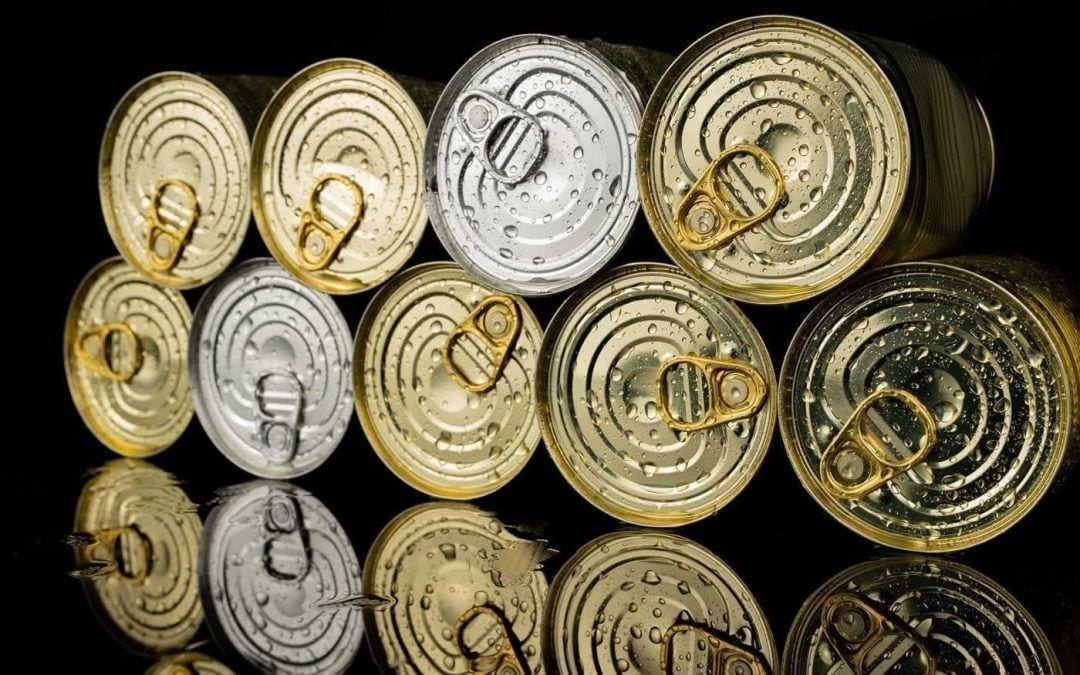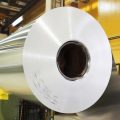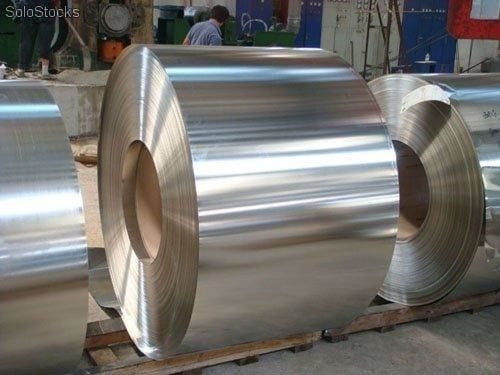Tin was one of the first materials to be smelted and was the basis of the first great technological revolution in our history when, more than 5 thousand years ago, the metallurgists of that time discovered the world’s first alloy (tin and copper).
Mankind thus began to abandon its stone weapons and tools. In the 19th century tin found a new incarnation: tin cans. These were mainly made of iron or steel… until they discovered that tin was the ideal material to protect against rust. Today many cans have dispensed with this material, coating with other materials such as aluminum, but tin has had many other incarnations, including in the electronics industry.
Although initially the demand for tin was drastically reduced in 2020 due to the Covid pandemic – closure of smelters in Asia and Latin America – very soon the demand started to grow rapidly. The confinement of the world’s population, especially Europe, led to a reduction in the purchase of the products that make up the main pillars of tin: electronics, automobiles and housing; however, the modification of our work habits, i.e. working from home, has boosted the purchase especially of electronic products with the aim of facilitating connections. Not only this, but spending more time at home resulted in consumers seeking to improve their living conditions and buying more equipment to facilitate their daily life at home: electronic equipment and home appliances.
In the past seven months, tin has gained 22%, with average monthly prices rising from $15,110 per tonne in May to more than $19,000 last December, according to data from the Kuala Lumpur tin market.
The increase in demand explains the rise in prices. China remains the world’s largest consumer of tin. The end of 2020 is expected to show only a 1% decrease in demand, thanks to its resurgence in the second half of the year.
A long-awaited recovery
Malaysia Smelting Corp Bhd (MSC), the third largest refined tin producer in the world, achieved this position by producing 25,752 tonnes of tin metal in 2019. The Group’s products are sold on the Kuala Lumpur tin market and the London Metal Exchange, as well as to end-user markets around the world.
MSC has recently indicated that it has benefited from the rise in tin, which will have a positive impact on its mining segment.
The group’s mining and smelting business resumed normal operations at the end of the third quarter. “Our tin smelting division will also benefit from an increased supply of tin concentrates as more tin mines around the world will start mining due to higher tin prices,” MSC CEO Datuk Patrick Yong said recently.
In the Kuala Lumpur tin market, average tin prices for 3QFY20 increased by 11% to US $17,549 a tonne compared to US $15,848 a tonne in 2QFY20. Rising tin prices have also had an impact on Johore Tin Bhd (JTB), which derives 25% of its revenue from tin manufacturing.
JTB focuses on the production of cans ranging from confectionery products to paint and chemicals. In addition, it has also expanded into the food and beverage industry through the production of condensed milk, evaporated milk and other dairy products. Tin is one of the main types of Johore Tin packaging.
As for beverage manufacturer and distributor Fraser & Neave Holdings Bhd (F&N), which uses tinplate for its canned milk business, there will be some cost pressure with rising tin prices, so they are looking for alternatives.
“Our policy is to cover some of our raw material needs up front and this will help mitigate some of the impact. In addition, we have innovated and introduced the pouch as a packaging format to reduce our reliance on cans, although this is a smaller format at the moment,” a company spokesperson told The Edge.














